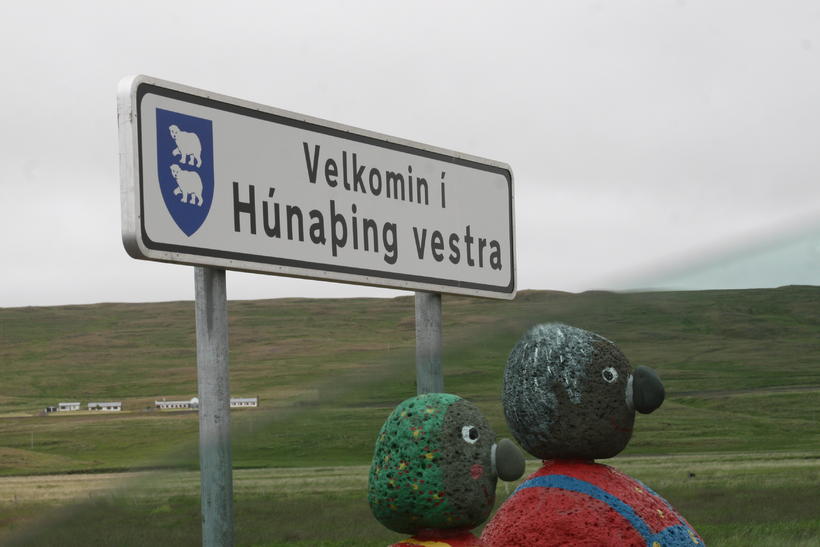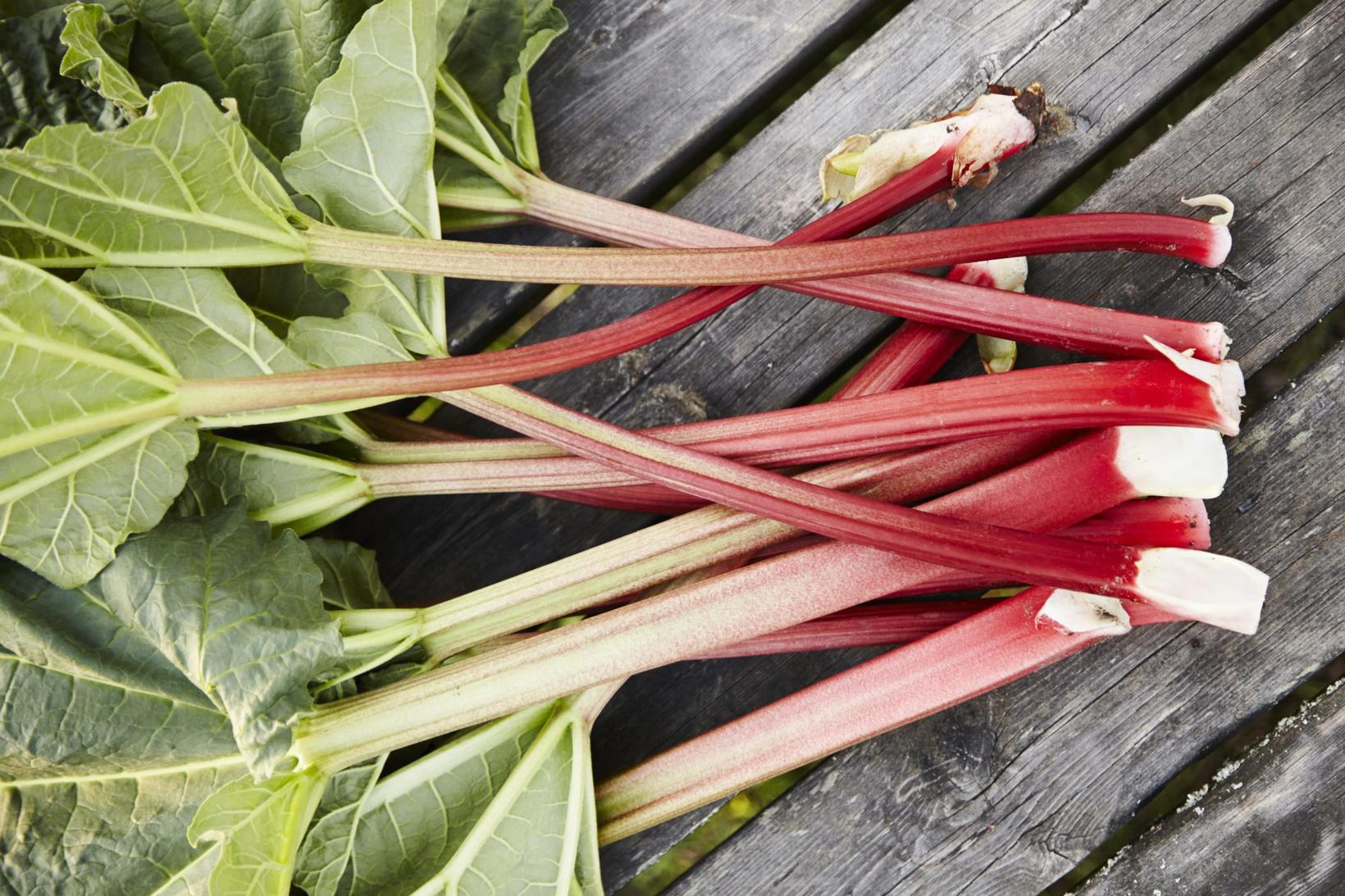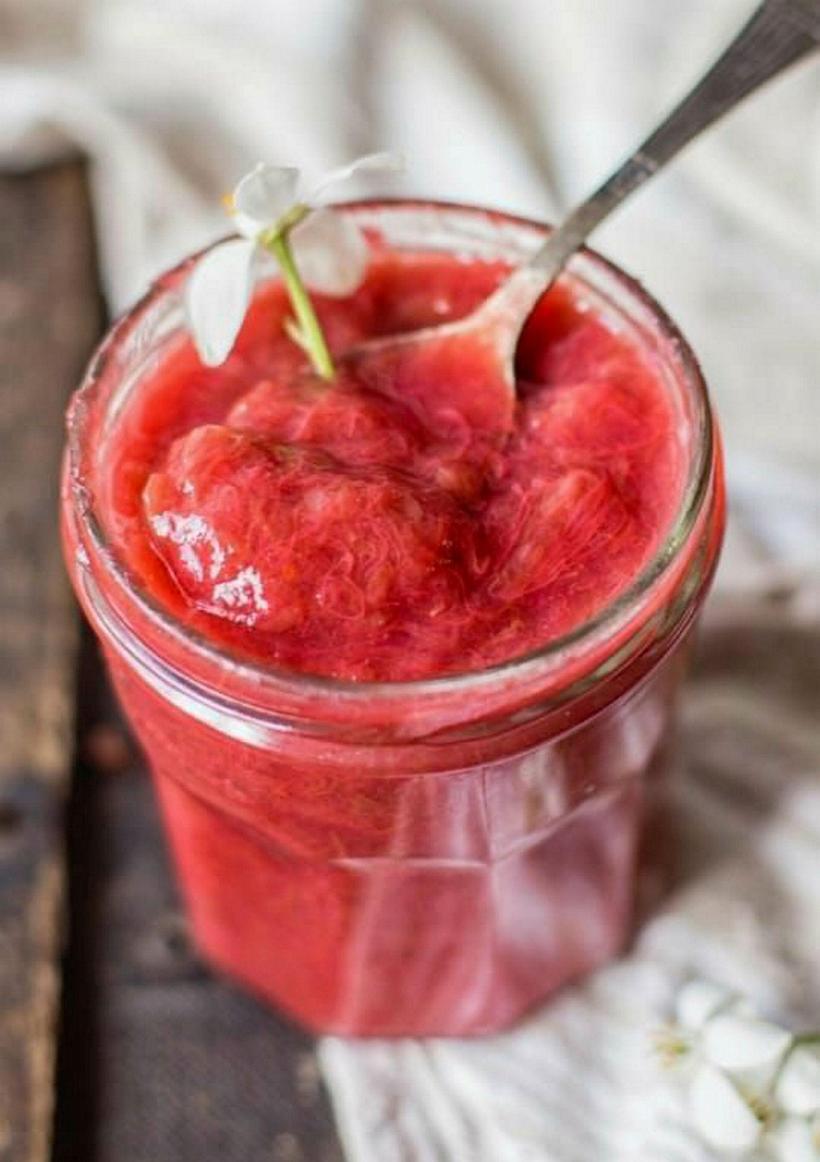Growing rhubarb indoors up north
The first time growing rhubarb indoors is not being prepared in Húnaþing vestra. mbl.is/Sigurður Bogi
In Húnaþing vestra , the development of indoor cultivation of rhubarb has begun. There are no examples of this cultivation method used in Iceland.
Friðrik Már Sigurðsson and his company Framhugsun ehf. are the project’s principals, who were recently awarded a grant from the Húnaþing vestra Employment and Innovation Fund.
Grown in the dark
According to the company, the rhubarb will be grown in a dark environment and the method aims to increase the sweetness, color, and flavor of the stems. Furthermore, the growing time will be longer with increased quantity and higher quality of the products.
Increased quality of rhubarb opens up new opportunities for valuable use, such as in food and beverage production.
Based on an English model
This has been the practice in Yorkshire, England, for many decades. The reason for the practice in England in the 1880s was a lack of fruit and vegetables, but the use of fresh rhubarb from the dark-fielded crop was possible for a longer period during the year.
Today, almost all of the production in England goes directly to restaurants, to food production, to the production of drinks such as gin, wine, or juice, or is shipped out of the country.
The project begins in the fall
Now the building for the cultivation is being constructed along with the facilities for the crops and it is expected that it will be ready by the autumn. The goal is to start production in the spring of 2025, although full production will not be reached until the spring of 2026.
The first step is to prepare and mix the soil, install a hydraulic system, and install a space for processing and packaging.
Rhubarb jam is an Icelandic staple and goes very well with savory dishes like lamb and is also used in traditional Icelandic cakes.
Increased revenue and local jobs
The project is intended to increase revenue from primary production and create jobs in Húnaþing vestra, both in primary production and related activities. This new project will bring a new product to the market and provide possibilities for expansion in line with demand. There is also good potential for secondary projects related to the continued production of rhubarb.







/frimg/1/57/71/1577111.jpg)


